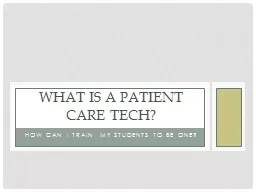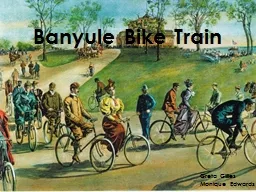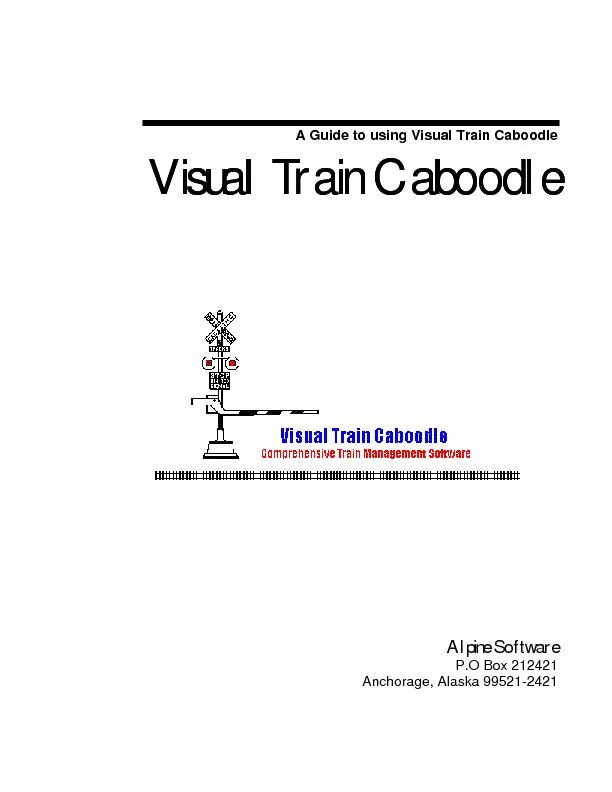PPT-How can I train my students to be one?
Author : Tornadomaster | Published Date : 2022-08-03
What is a patient care tech Contact Info Please feel free to contact me with questionscommentssuggestions Lynne Clarke RN EdD Wlclarkeweeblycom wlclarke58gmailcom
Presentation Embed Code
Download Presentation
Download Presentation The PPT/PDF document "How can I train my students to be one?" is the property of its rightful owner. Permission is granted to download and print the materials on this website for personal, non-commercial use only, and to display it on your personal computer provided you do not modify the materials and that you retain all copyright notices contained in the materials. By downloading content from our website, you accept the terms of this agreement.
How can I train my students to be one?: Transcript
Download Rules Of Document
"How can I train my students to be one?"The content belongs to its owner. You may download and print it for personal use, without modification, and keep all copyright notices. By downloading, you agree to these terms.
Related Documents














